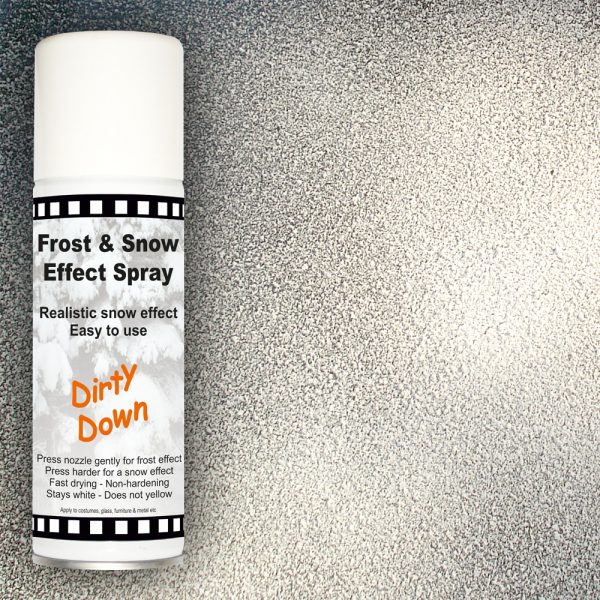
There should be between 3/4 to an inch between each section of hair you add lowlights to. Paint from the root to the ends, being sure to saturate the hair completely.Īfter painting on the mixture in each small section of hair, you’ll fold it in foil. It is best to see a stylist for adding lowlights since we all know DIY-ing your hair can often turn out badly, but if you’re feeling brave, go for it! After mixing developer with the color’s liquid, you or your stylist will “paint” it on your hair in small sections about 1/8 inch wide starting from underneath the hair and working up in levels. While you can choose to have them evenly placed around your hair for an overall lightness, it’s a popular choice to focus lowlights near the front of the face for particular emphasis just study a few looks and decide what you want your overall look to be. So if you are looking for something new and stylish for your blonde locks, consider lowlights.Īfter checking out the styles below (decide which color you like or how light to how dark). Lowlights are gaining popularity for the same reason. Ombres and balayage are actually created to take the lightness out of the hair as much as possible. Women are exploring darker colors and enjoying them. While blonde hair color will never lose its popularity, light blonde hues are not as mainstream as before. Whether you are a natural blond or dyed your hair blonde and now want a change, lowlights can be your answer. However, there are blonds that are looking for ways to darken their hair with lowlights. Monochromatic and neutrals-only combinations will also look dull on you.Most women tend to want lighter hair than what nature gave them. Instead, always pair a neutral with an accent colour. So pairing colours that sit opposite each other on the colour wheel, such as yellow and purple, may look overpowering on you. An all-light look, though, will not be flattering since your natural colouring is dark.Īnother thing to bear in mind is that even though your natural colour contrast is high, it is not as extreme as that of a Bright Winter. But your best combinations will have high contrast. You can also combine a darker neutral with a brighter accent colour, such as dark green with bright pink.Īn all-dark look also works for you. This combination has not only value contrast (light and dark) but also hue contrast (grey and purple). To achieve this, pair a light neutral in one hue with a different dark accent hue, such as a light grey with a dark purple. Value contrast combined with hue contrast is especially flattering on you. Therefore, the best colour combinations for your outfits are similarly contrasting. Those are the combinations that repeat the contrast level naturally present in your appearance.ĭark Winter's natural appearance is highly contrasting.

But certain combinations will look much better than others. Technically, you can combine any of the colours on the Dark Winter palette with each other. Whereas if you lean more towards True Winter, select the darker colours on the True Winter palette – such as Acai, Aventurine and Bellweather Blue. If you lean more towards Dark Autumn, opt for the cooler colours on the Dark Autumn palette – such as Plum Caspia, Blue Depths and Corsair. Depending on where you fall on the Dark Winter spectrum, you can borrow some colours from your sister palettes since they are close enough to the Dark Winter colour palette. Autumn’s effect on Dark Winter is additional warmth and some softness.Ĭompared to the third Winter season Bright Winter, the colours share the same neutral-cool hue but are darker and softer.Īs sister palettes, Dark Autumn and True Winter both share Dark Winter’s aspects of dark and cool, respectively. And the light colours of Dark Winter are lighter than those of Dark Autumn. Consequently, the colours are softer, darker and warmer than those of True Winter.Ĭompared to Dark Autumn, the colours are similarly dark but cooler and brighter. It falls at the Autumn end of the Winter palette. However, they are dark rather than very bright.ĭark Winter sits between Dark Autumn and True Winter on the seasonal flow chart. Typical for Winter colours, the palette is slightly higher in chroma, meaning the colours are somewhat saturated and bright.


This mixture in value is required to achieve the high contrast a Dark Winter needs. And while many of the colours are very light (white and the icy pastels), there are many more dark ones. In line with this season’s primary colour aspect, the overall palette is dark. You will also not find many shades of yellow-based colours but instead more shades of blue and grey, which are naturally cool. So even if you choose yellow (which is the warmest colour of all), you will find only cooler shades that have a tint of blue. This means they contain more blue than yellow. The colours lean towards the cool end of the scale but are not extremely cool.


 0 kommentar(er)
0 kommentar(er)
